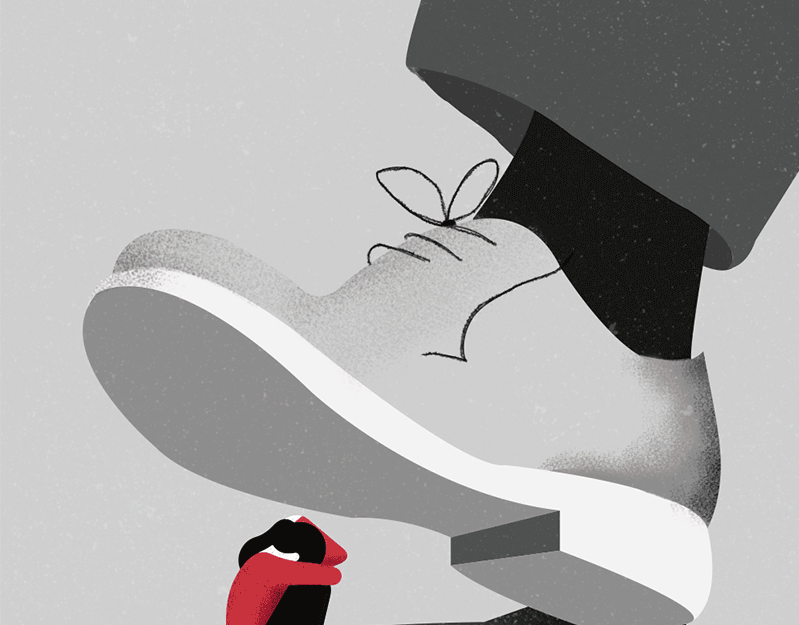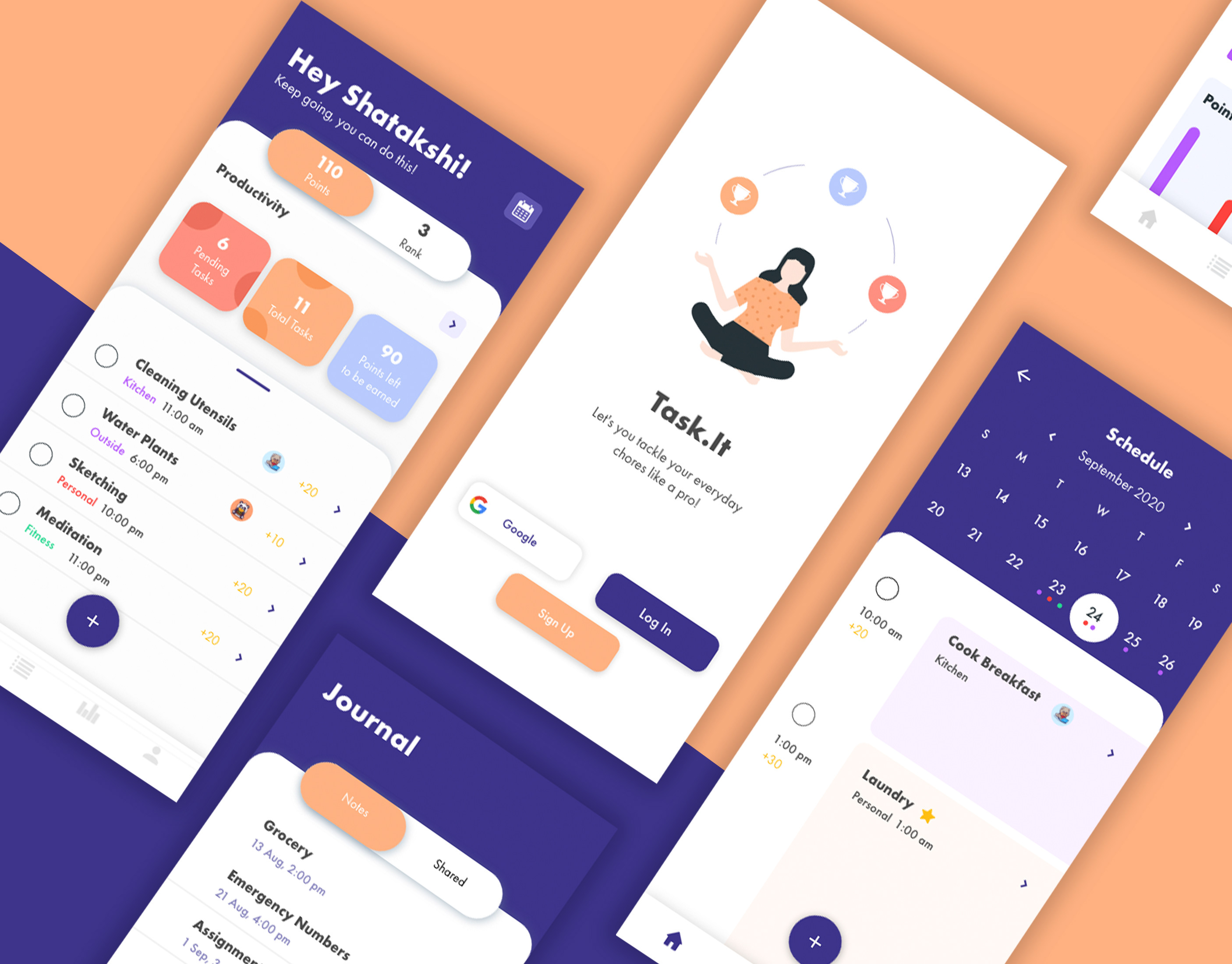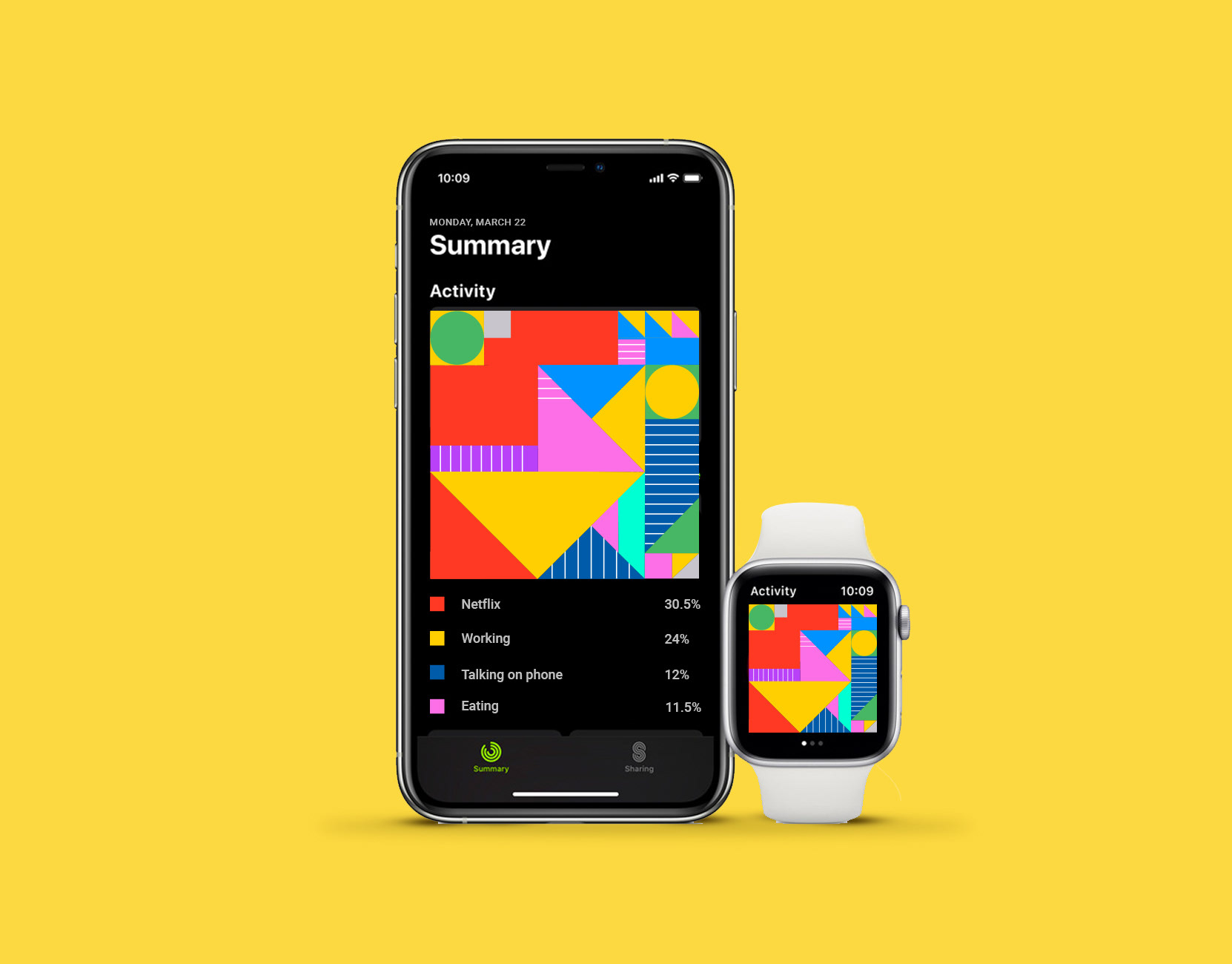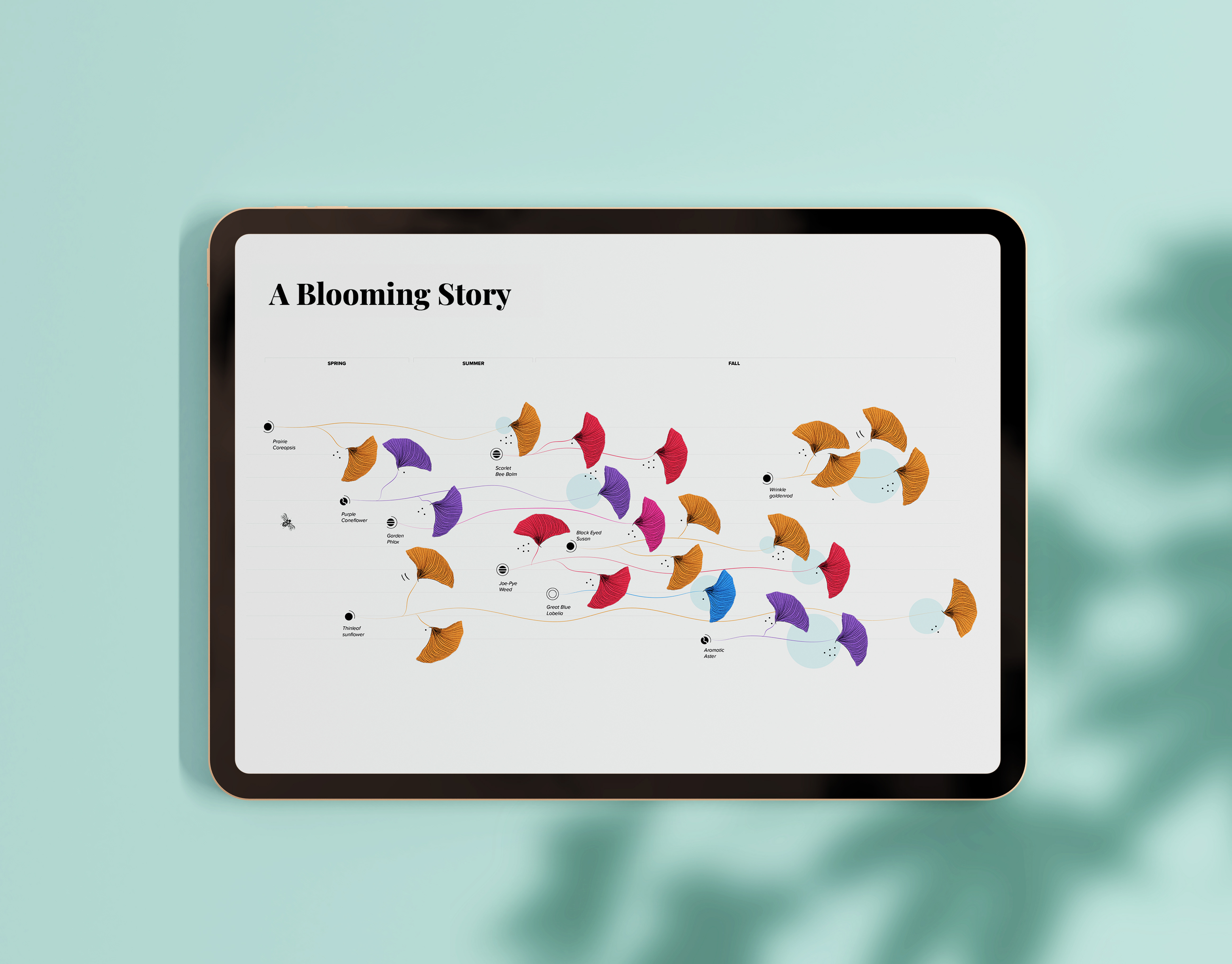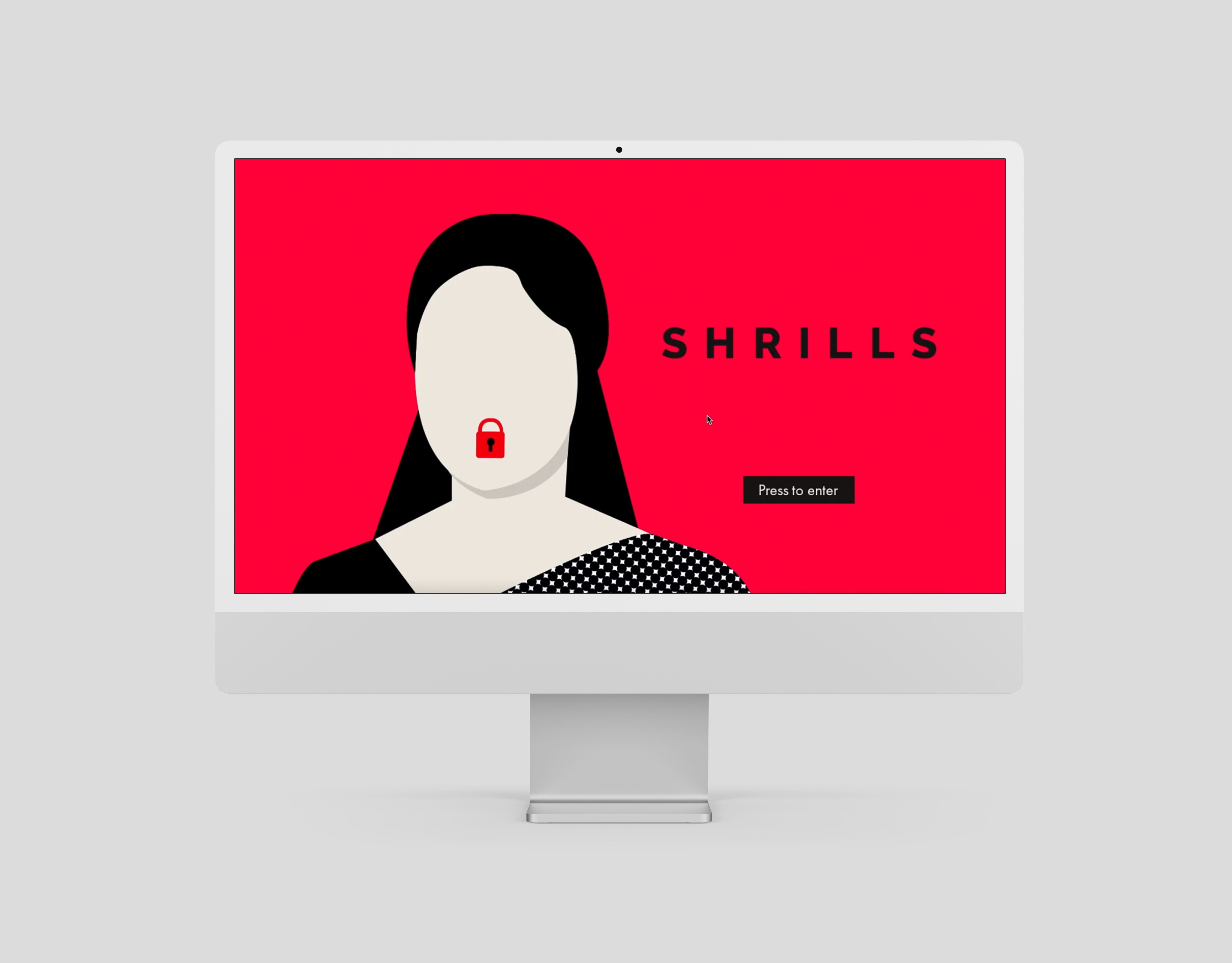The Problem
The Delhi Metro is a popular means of transportation in the city. It is India’s largest and busiest rapid transit system serving Delhi and the nearby areas. However, the fear of coronavirus has made travel a necessary evil now. Even after certain restrictions in place, the Delhi Metro Rail Corporation hasn’t been able to stagger the passenger traffic throughout the day. The increased ridership during peak hours is adding to the social distancing woes. Also, it is difficult to make people follow safety protocols at all times, like sitting on alternate seats, maintaining 6ft distance, sanitizing hands or wearing masks properly. This has resulted in widespread fear and lack of public confidence in using the metro.
Research
To better understand the situation, I conducted surveys and interviews with metro commuters. The survey was undertaken using Google Forms with a total of 25 participants. The interview was conducted online with 6 people. Apart from this, I also based my research on various news articles and interviews given by the Delhi Metro officials.
User Personas
User Flows
Solution 1- Digital Experience
App Design
The Delhi Metro App helps passengers track metro timings and monitor real-time passenger traffic on metro stations and inside trains.
The app uses traffic light colors - red, yellow and green to communicate information regarding the level of the crowd inside the station and on the metro. One can easily add money to the metro wallet as well without the need to physically validate the transaction at the station. The app is synced with the Aarogya Setu (a mobile application developed by the Government of India to fight COVID-19). This would help in tracking COVID infected people in the public. Moreover the app eliminates the need to carry physical tokens and cards as the user will generate QR code for the entry now.
The app uses traffic light colors - red, yellow and green to communicate information regarding the level of the crowd inside the station and on the metro. One can easily add money to the metro wallet as well without the need to physically validate the transaction at the station. The app is synced with the Aarogya Setu (a mobile application developed by the Government of India to fight COVID-19). This would help in tracking COVID infected people in the public. Moreover the app eliminates the need to carry physical tokens and cards as the user will generate QR code for the entry now.
Information Architecture
Lo-Fi Frames
Final Design
Solution 2
It includes series of posters and stickers enforcing social distancing, wearing of masks properly and hand sanitization, placed strategically inside the station and on the train. Other design innovations include- alternate color-coded seats to ensure people don’t sit on adjacent seats, different gates for boarding and de-boarding and sanitizer facility in each metro compartment.
A set of stickers designed to be placed on alternate metro seats and back wall to ensure social distancing inside the metro.
Seat stickers placed on alternate seats inside the metro to maintain social distancing. Wall stickers with the text stupid, selfish and careless with an arrow pointing below to ensure people don’t sit on those seats.
Series of posters highlighting importance of wearing masks, social distancing and sanitization of hands
Train Sticker
Designed to remind passengers to follow social distancing on the platform. Each man on the train sticker is at a distance of 6ft. This is supplemented by floor stickers.
Metro cabin re-design layout
